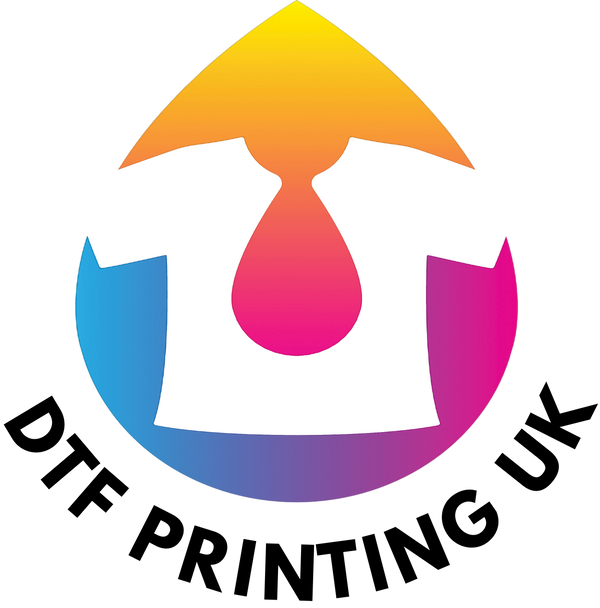DTF vs UV DTF
Share
Direct-to-Film (DTF) printing has revolutionized the world of customization, allowing businesses and individuals to print vibrant designs on various surfaces. Two popular variations of DTF technology are DTF for fabrics and UV DTF for hard surfaces. In this blog, we'll delve into the key differences between these two methods, exploring their unique characteristics, applications, and advantages.
DTF for Fabrics:
-
Process Overview:
- DTF for fabrics involves printing designs directly onto a special film.
- The printed design is then transferred onto fabric using a heat press.
-
Compatibility:
- Ideal for cotton, polyester, and other fabric materials.
- Offers excellent results on clothing items such as T-shirts, hoodies, and more.
-
Flexibility and Softness:
- Maintains the natural feel and flexibility of the fabric.
- Suitable for applications where a soft hand feel is crucial, such as in the fashion industry.
-
Washability:
- Provides durable prints that withstand multiple washes without significant fading or cracking.
- Excellent for creating long-lasting, vibrant designs on clothing.
-
Color Accuracy:
- Achieves high color accuracy and detail, making it suitable for intricate designs and photographs.
UV DTF for Hard Surfaces:
-
Process Overview:
- UV DTF involves printing designs on a specialized film using UV-curable inks.
- The printed design is cured with UV light, creating a durable and vibrant print on hard surfaces.
-
Compatibility:
- Suited for various hard surfaces such as wood, metal, glass, acrylic, and more.
- Widely used for creating customized signage, promotional items, and décor.
-
Durability:
- UV DTF prints are highly durable, resistant to scratches, and UV exposure.
- Ideal for applications where the printed surface may undergo wear and tear, such as in the production of signage.
-
Versatility:
- Offers versatility in terms of materials, making it suitable for a wide range of hard surfaces.
- Can be used for both indoor and outdoor applications due to its resistance to environmental factors.
-
Speed and Efficiency:
- UV DTF technology often allows for faster printing and drying times, increasing overall efficiency.
- Well-suited for high-volume production environments.
Conclusion:
In summary, while both DTF for fabrics and UV DTF for hard surfaces fall under the broader category of DTF printing, they cater to distinct applications and materials. DTF for fabrics is perfect for creating personalized apparel with a soft feel, while UV DTF for hard surfaces excels in producing durable and vibrant prints on a diverse range of materials. Businesses and individuals can leverage the unique advantages of each method based on their specific printing needs and the characteristics of the target surface.
